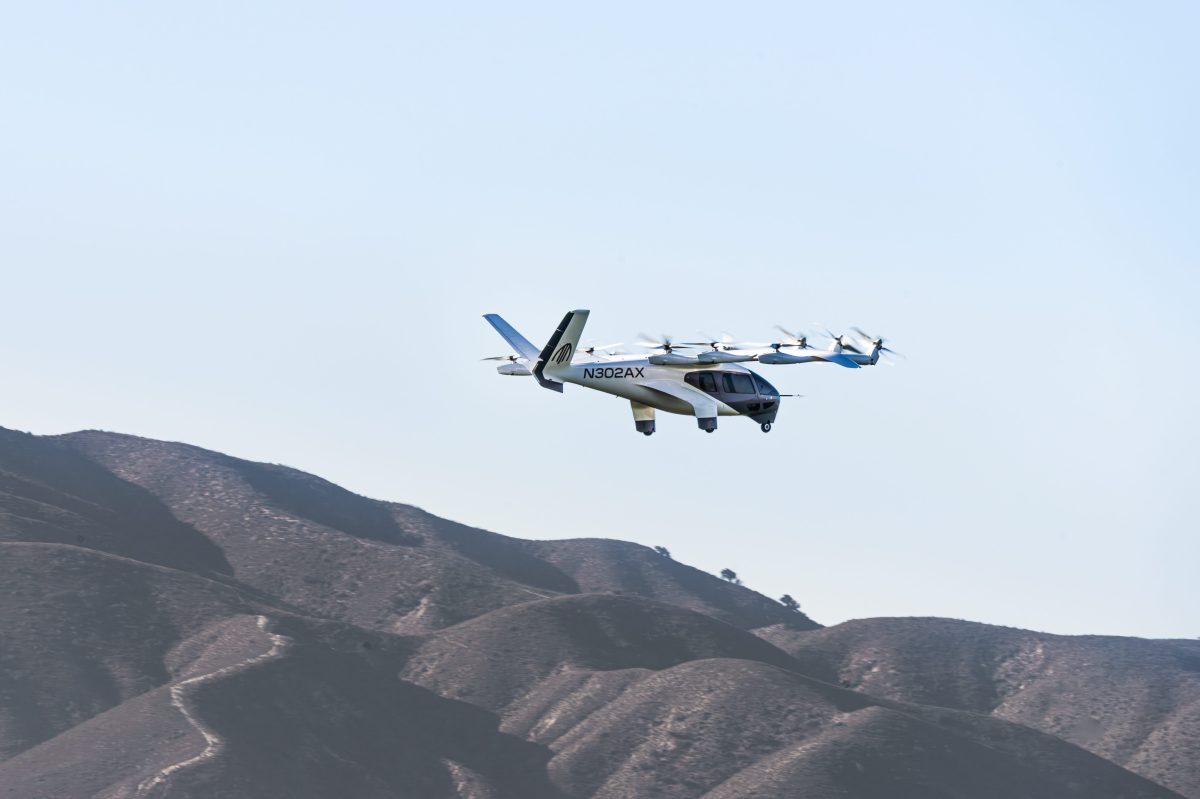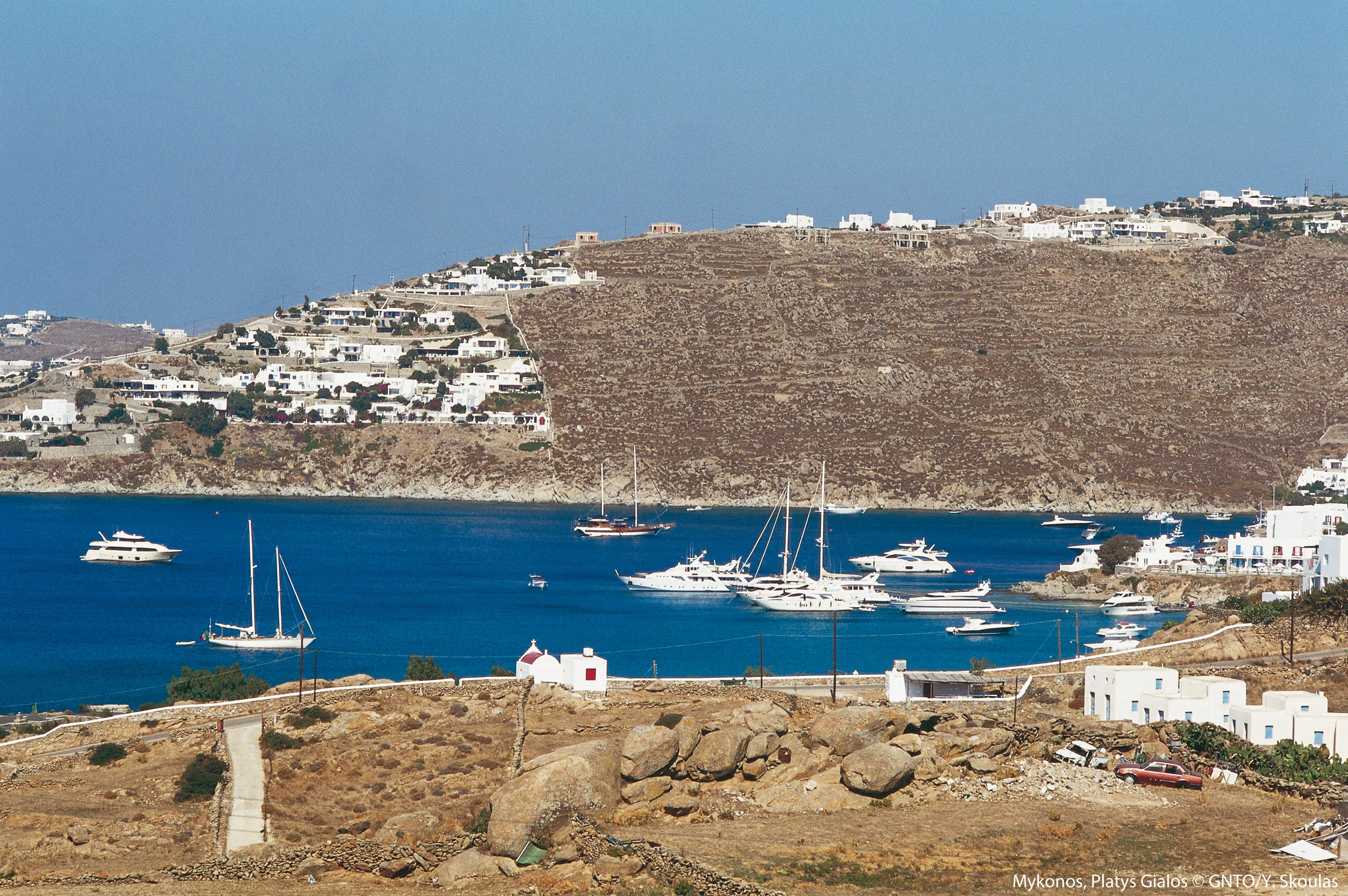How Independent Hotel Brands Can Capitalize on the Post-Pandemic Loyalty Opportunity

Skift Take
This sponsored content was created in collaboration with a Skift partner.
In the face of shorter booking windows, a leisure and domestic travel resurgence, and a growing workforce of digital nomads, not to mention the huge investment by the large chains into their own loyalty platforms, independent hotel brands need to rethink their approach to loyalty — with greater emphasis on their authenticity and their ability to deliver genuine local experiences.
The pandemic upended the routines of loyalty travelers, creating new opportunities for smaller brands to steal market share from larger chains. According to Skift Research, loyalty program contributions declined at most major brands during the pandemic. Now, as travel rebounds, loyalty is up for grabs.
“Before the pandemic, the business travel segment was the premium and most lucrative loyalty audience,” said Chris Hartley, CEO of Global Hotel Alliance (GHA), the world’s largest association of independent hotel brands. “But we’ve seen a huge shift toward leisure travel, so we need to be more responsive to the needs of those travelers. For one thing, they’re asking for more flexibility on how they earn and spend rewards, including the chance to accrue and redeem rewards close to home.”
SkiftX spoke with Hartley to gain insight into how independent hotel brands can compete with the larger chains by taking advantage of shifting allegiances, increasing their marketing exposure, and boosting their technology infrastructure.
SkiftX: Why do traditional hotel loyalty point systems no longer serve today’s travelers?
Chris Hartley: Many travelers questioned the value of loyalty programs even before Covid, since most people only travel a few times each year. This question around the value of loyalty programs only increased during the pandemic as people stayed home. Fortunately, we were already moving toward expanding our local market offerings to increase loyalty engagement before the pandemic.
Through focus groups and customer research we conducted in 2019, we set out to discover how customers would like to engage with our hotels when they're not traveling. The answer that emerged was that hotels should provide offers, special deals, and access to the hotel’s facilities such as pools, beach clubs, restaurants, and spas to locals in the hotel’s area.
We took these insights into consideration when we reimagined our GHA Discovery program during the pandemic as part of an overall relaunch, and it resonated with customers stuck at home looking for things to do. Through a single guest recognition and rewards proposition, GHA Discovery connects 40 brands with more than 800 hotels spread across 100 countries (as of June 2022 when NH Hotel Group will have fully integrated).
The goal is to create a sense of community around a hotel and open the properties up to locals. With people traveling again, we have a better chance of capturing these customers in one of our other brands or across the network. Our loyalty proposition may not appeal to business travelers as much as it did in the past, but this is something that brings value to the way people want to live and travel today. As part of that shift, we’ve created a new rewards currency to spend in any outlet across our 800 hotels at any time of the year.
SkiftX: How can independent hotels groups compete with major global brands while retaining their individuality?
Hartley: Leisure travelers tend to seek out more authentic experiences than business travelers, who often book — or have their travel managers book — with the big name brands based on familiarity, security and the lowest possible price. So the uniqueness that smaller hotel brands tend to offer, versus a generic Marriott or Hilton, for example, gives them an edge in this new market.
However, these smaller brands are also operating with significantly fewer resources when it comes to sales, marketing, and distribution. An alliance enables smaller brands and hotel groups to compete on a global stage and gives them visibility in markets that would normally be very challenging for them to reach on their own, while allowing them to retain their independence.
The Leela Palaces, Hotels and Resorts, a luxury hotel chain in India, is a good example. The average global leisure traveler coming into India for the first time would have typically never been exposed to the brand, even though it is frequently recognized as one of the best luxury hotel brands. Through the GHA Discovery loyalty platform, we put The Leela in front of 20 million customers worldwide, expanding their footprint and maximizing visibility.
SkiftX: What role does technology play? What solutions and integration platforms do you provide to member brands and their hotels?
Hartley: In order to recognize guests across all of our diverse hotel groups, we knew we needed a strong technology partner, and we are fortunate to have had Oracle as a shareholder in the alliance from day one. We knew we had to bring all our brands onto a shared technology platform and have a centralized loyalty program. This platform hosts and manages a loyalty engine, a central customer database, and a proprietary data set to capture member behavior, demographics, and preferences.
Customers are recognized at any point of entry into the alliance ecosystem, whether through an online booking or a global distribution system (GDS) booking through a travel agent, and we track every single guest that has stayed in any hotel across the network. All the data is managed and reported back to our brands. It makes for a much more powerful organization, both from the guest experience perspective and from a business and ROI perspective. And if hotel brands have their own customer relationship management (CRM) system, we can interface and align with their efforts.
We also offer deep-dive reporting capabilities across brand- and hotel-level functions at the touch of a button, empowering general managers to make better business decisions and saving them from having to make significant investments in technology.
SkiftX: How does the GHA Discovery program differ from traditional loyalty programs?
Hartley: People are looking for individuality, authentic experiences, and bespoke amenities — our GHA Discovery program embraces this new world of travel by offering members recognition, benefits, and rewards, whether they’re at home or away. Members enjoy VIP access to hotel facilities and amenities, with or without a stay, and our hotel partners benefit by gaining incremental revenue.
Independent brands realize the value of our integrated loyalty program, our technology, and our member benefits, which are very much tailored to the needs of each market. We have sophisticated, larger brands like Kempinski, Pan Pacific, and Anantara, as well as boutique brands with smaller portfolios like Nikki Beach, Capella, or Viceroy — so we cater to a wide range of needs. For example, we can provide added marketing and branding support, CRM, tech support, improved integrations, and distribution support at no additional cost. The hotels only pay for performance, namely when loyalty members come back to their properties. If there’s no repeat stay, there’s no fee.
This isn’t something the big brands can say — they charge much higher fees for royalties, as well as marketing activities and distribution, and work very much at arm’s length. Our main goal is to help drive business to our hotels and to set them up for success, bearing in mind that our brands are mostly owner-operators, and so every dollar gained or saved is of direct benefit to the hotel owner.
For independent brands and their hotels, we offer extraordinary reach, effectively extending their portfolio to more than 800 hotels. We also promote them to our member base (soon to be 20 million members) and can extend that reach even further through our strategic partnerships. We recently partnered with ASmallWorld to allow GHA Discovery members to tap into the travel and lifestyle network’s events and experiences, and to provide an opportunity for them to engage personally with a like-minded community. We also have a growing partnership with Star Alliance — the world's largest global airline alliance — and are exploring many other new partnership opportunities.
SkiftX: To borrow from your relaunch campaign theme, ‘Where to next?’, what will the future look like for Global Hotel Alliance and GHA Discovery?
Hartley: We have a huge year ahead of us. NH Hotel Group joins the Alliance in June, and that will take us from 500 to 800 hotels overnight, after which GHA Discovery will become one of the top 10 hospitality loyalty programs worldwide in terms of number of hotels and number of members. In the near future, the program will expand to allow for the earn and burn of rewards with or without a stay, both inside and outside of our hotels. And over the next five years, GHA Discovery will continue to enhance its value proposition to offer leisure travelers an even more powerful alternative to the big brand hospitality loyalty programs, and hopefully we will continue to expand and welcome many more independent brands into the alliance family.
For more information about membership in GHA visit Global Hotel Alliance.
This content was created collaboratively by Global Hotel Alliance and Skift’s branded content studio, SkiftX.






